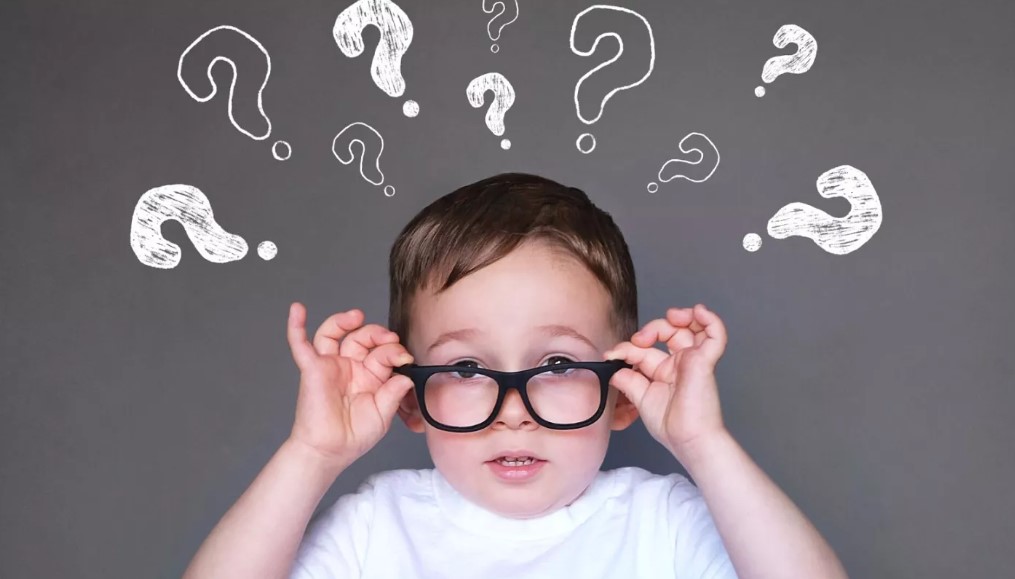The Myopia Epidemic: Understanding Nearsightedness in Kids – Dr. Zuhal Butuner

Nearsightedness, also known as myopia, is a common refractive error that affects a significant number of children worldwide. In recent years, there has been a concerning increase in the prevalence of myopia, leading to what some experts are calling a “myopia epidemic.” Dr. Zuhal Butuner says that this article aims to shed light on nearsightedness in kids, its causes, potential consequences, and strategies to manage and prevent its progression.
What is Nearsightedness?
Nearsightedness is a condition in which close objects appear clear, but distant objects become blurry. This occurs because light entering the eye is focused in front of the retina, rather than directly on it. As a result, the images received by the brain are not sharp, leading to difficulties in seeing things clearly at a distance.
Prevalence and Causes
The prevalence of myopia in children has been steadily increasing in recent years, particularly in urban areas and regions with a strong emphasis on near work activities. While the exact cause of myopia remains complex and not fully understood, several factors have been identified as potential contributors:
- Genetics: A family history of myopia significantly increases a child’s risk of developing the condition. If one or both parents are nearsighted, their children are more likely to be nearsighted as well.
- Environmental Factors: Extensive near work, such as reading, using digital devices, or spending significant time indoors, may contribute to the development and progression of myopia in children. Outdoor activities and exposure to natural light have been associated with a reduced risk of myopia.
- Lack of Outdoor Time: Some studies suggest that spending more time outdoors, particularly during early childhood, may protect against the development of myopia. Outdoor activities are believed to stimulate the release of dopamine in the retina, which may help regulate eye growth and reduce the risk of myopia.
Consequences of Nearsightedness in Kids
Nearsightedness can have various consequences on a child’s visual, academic, and social development:
- Academic Challenges: Children with undiagnosed or uncorrected myopia may experience difficulty seeing the board or distant objects in the classroom, which can impact their learning and academic performance.
- Eye Strain and Fatigue: Untreated myopia can lead to eye strain, headaches, and fatigue, particularly during activities that require visual focus at a distance.
- Social and Emotional Impact: In some cases, children with myopia may experience social challenges due to their difficulty seeing distant objects or participating in sports and outdoor activities.
- Progression of Myopia: Nearsightedness tends to worsen over time, especially during childhood and adolescence. Higher levels of myopia are associated with a higher risk of developing sight-threatening conditions later in life, such as retinal detachment, glaucoma, and cataracts.
Managing and Preventing Myopia Progression
Early detection and management are essential for addressing nearsightedness in kids and preventing its progression. Here are some strategies that can be employed:
- Regular Eye Exams: Routine eye examinations are crucial for identifying myopia and other vision problems in children. Early detection allows for timely intervention and treatment.
- Corrective Eyewear: Prescription eyeglasses or contact lenses can effectively correct myopia, improving a child’s vision and overall quality of life.
- Orthokeratology (Ortho-K): Ortho-K involves using specially designed contact lenses overnight to reshape the cornea temporarily. This method can provide clear vision during the day without the need for glasses or lenses.
- Low-Dose Atropine Eye Drops: Low-dose atropine eye drops have shown promise in slowing the progression of myopia in children. They work by temporarily relaxing the focusing mechanism of the eye.
- Outdoor Time: Encouraging children to spend more time outdoors, especially during daylight hours, may help reduce the risk of myopia development and progression.
Conclusion
As the prevalence of myopia continues to rise in children, it is crucial to address this growing concern. Nearsightedness in kids can have significant consequences on their visual health, academic performance, and overall well-being. Early detection through regular eye exams, proactive management, and lifestyle adjustments, such as spending more time outdoors, are essential in combating the myopia epidemic. By working together, parents, educators, and eye care professionals can ensure that children’s eyesight is protected, allowing them to see the world with clarity and confidence.







